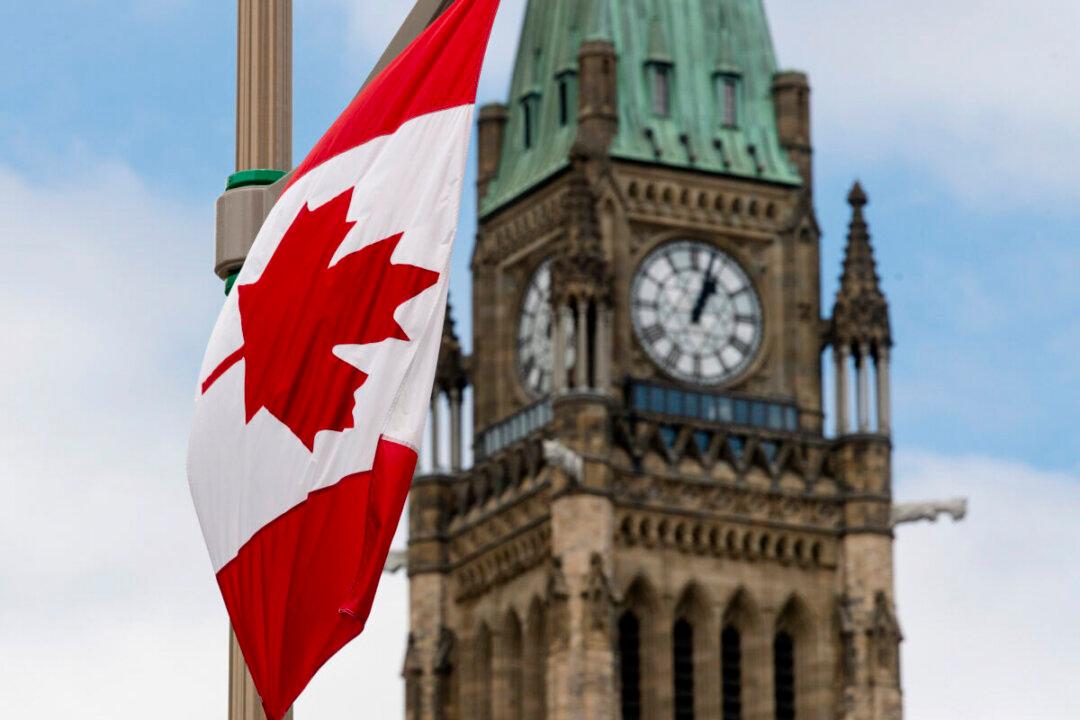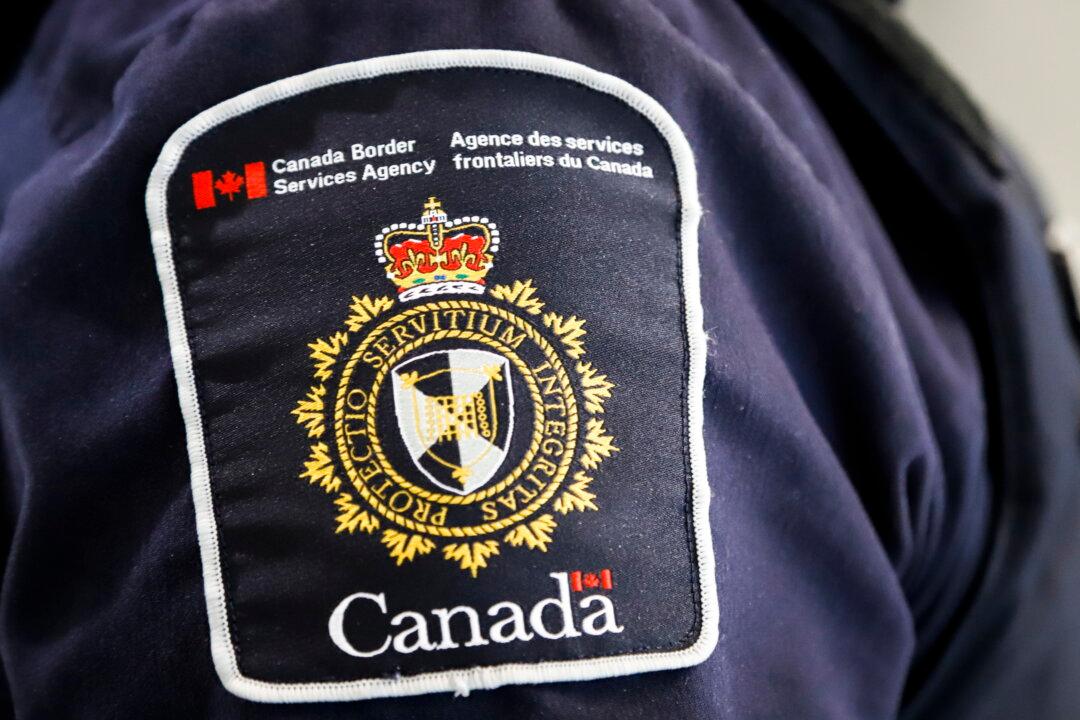Canadians who are eligible can expect to receive some paybacks from the federal government’s benefit and credit programs this summer.
GST Credit
The Goods and Services Tax/Harmonized Sales Tax (GST/HST) credit is paid out four times a year. It’s money that is offered to help individuals and families with lower income earn back some of what they pay in GST or HST, depending on the province they live in.You don’t need to apply for the credit, as those who meet the eligibility requirements are automatically enrolled based on their tax return information. To be eligible for the credit, you need to be 19 years of age or older and a Canadian resident.
Carbon Rebate
Similar to the GST credit, the Carbon Rebate is offered to offset the cost Canadians face from the federal carbon tax. To be eligible, you need to be 19 years of age or older, and a resident of Alberta, Manitoba, Saskatchewan, Ontario, New Brunswick, Newfoundland and Labrador, Nova Scotia, or PEI.Residents in British Columbia, Quebec, North West Territories, Yukon, and Nunavut are not eligible as these regions have different environmental initiatives and are not part of the federal carbon tax program.
Canadians don’t need to apply to receive the rebate as they are automatically enrolled when filing taxes. However, the government does have application forms available for newcomers to the country.
How much you’ll receive depends on your family income and the province you live in. A government calculator is available to find out how much you could be getting back.
Child Tax Benefit
This is a monthly payment given by the government to families with children under 18 years. It is to help with the cost of raising children, according to the government website.Workers Benefit
Canada’s Workers Benefit is paid to low-income, employed individuals and families.It is divided into two parts: a basic amount and a disability supplement.
Residents of Canada who are 19 years and older, and who earn less than the provincial net income threshold, are eligible to receive the benefit. Eligible workers can claim the benefit when they file an income tax return.
How much you can receive is adjusted based on your income. The maximum basic amount for a single individual is $1,428 and $2,461 for families. For the disability portion of the benefit, the most a single individual or family could receive is $737.
The first advance payment will be issued on July 12, with other payments arriving in the fall.







